Here, in the Sumy region, Ukrainians are holding the defense, but gaps and shortcomings in the construction of fortifications are starting to show. Mistakes have been made and defenses are lacking, but soldiers on the ground report there is still time, and properly constructed fortifications are increasingly showing their worth to devastating effect.

President Volodymyr Zelensky and commander-in-chief Oleksander Syrskyi both confirmed that the Russian Sumy offensive has been halted. Zelensky notes that Ukrainian defenses have held and are destroying the Russian forces; however, while this is true, many analysts and soldiers on the ground note worrying gaps in the overall construction of fortifications in the Sumy region.

Currently, Ukrainian forces have built a strong defense line starting with a ring around the city of Sumy stretching west, made up of dragon’s teeth and anti-tank ditches. However, these defenses do not exist closer to the frontline, making the question of Sumy’s defenses anything but straightforward.

Reports show there are well-built fortifications in place; underground strongpoints and trenches with roofs and mesh netting for protection against Russian drone surveillance and strikes. However, the reports also show that there is a lack of engineering obstacles such as anti-tank ditches, dragon’s teeth, and razor wire around these strongholds, and that where they do exist, the quality and placement of them are concerning.


These engineering obstacles are a crucial component in repelling Russian assaults, as evident in recent attacks on Kostiantynivka’s western flank. They allowed for the complete destruction of the largest Russian mechanized assault in June, with Ukrainian soldiers directly crediting these defenses for saving their lives.


Looking back to Sumy, little was done during the winter, when Ukrainians still controlled a large part of Russia’s Kursk oblast, and Russians were too preoccupied to undermine the work. There has been criticism from soldiers and analysts alike that no defenses were built directly on the border during this time, which would have been possible exclusively here due to the Ukrainian Kursk incursion putting distance between Russian strike teams and Ukrainian construction personnel. Now, Russians are in a position to undermine the building.

However, there is a logic behind this; the border areas largely consist of open fields, and the settlements and tree lines that Russians are moving through are gradually being deleted by Ukrainian artillery and drones, leaving Russian soldiers with increasingly little cover.

The result is that Russians are quickly becoming overextended under vast Ukrainian drone and artillery fire from the forest.

This allows Ukrainian ground assault units to conduct localized counterattacks and raids, targeting weakened Russian positions on the frontline.

Still, proper fortifications are lacking, and it has resulted in a 9-kilometer deep Russian advance into Sumy, bringing them dangerously close to conducting drone strikes on Sumy city.

But the past cannot be undone, and there is still time and opportunity to build and reinforce the defenses, according to Ukrainian soldiers on the ground. Ukrainian soldiers are also acting decisively and on their own initiative, building and expanding their own trenches and dugouts, and laying their own minefields. Listening to the concerns of soldiers on the ground, Commander-in-Chief Oleksandr Syrskyi has also inspected Sumy’s defenses and came to the same conclusion. In response, he has now established a special defense group focused solely on accelerating the construction of anti-tank ditches, anti-drone corridors, and “kill zones” in Sumy.

Innovative measures, like a 10-kilometer-long anti-drone net spanning the Sumy–Sudzha road, will significantly ease the logistical strain by reducing losses to Russian drone strikes. Additional images from the forest show razor wire six rows deep, essentially locking down any Russian infantry assault in the forest, or riddling them with bullets if they try anyway.


Overall, while the defense of Sumy faces challenges, such as inadequate engineering obstacles near the border, general personnel shortages, and delays in construction, Ukraine’s experience in other regions like Kostyantynivka proves the value of robust defenses. Anti-tank ditches and minefields have significantly slowed Russian advances here, offering a model for Sumy’s defense.

The special defense group is increasingly accelerating the work, applying these strategies to Sumy’s geography. Despite Russian pressure and past oversights, Ukraine’s commitment to reinforcing its defenses, coupled with renewed transparency since Drapatyi’s promotion, positions Ukrainians to hold the line as Russians attempt to find new ways to come within FPV range of Sumy city.










.jpg)
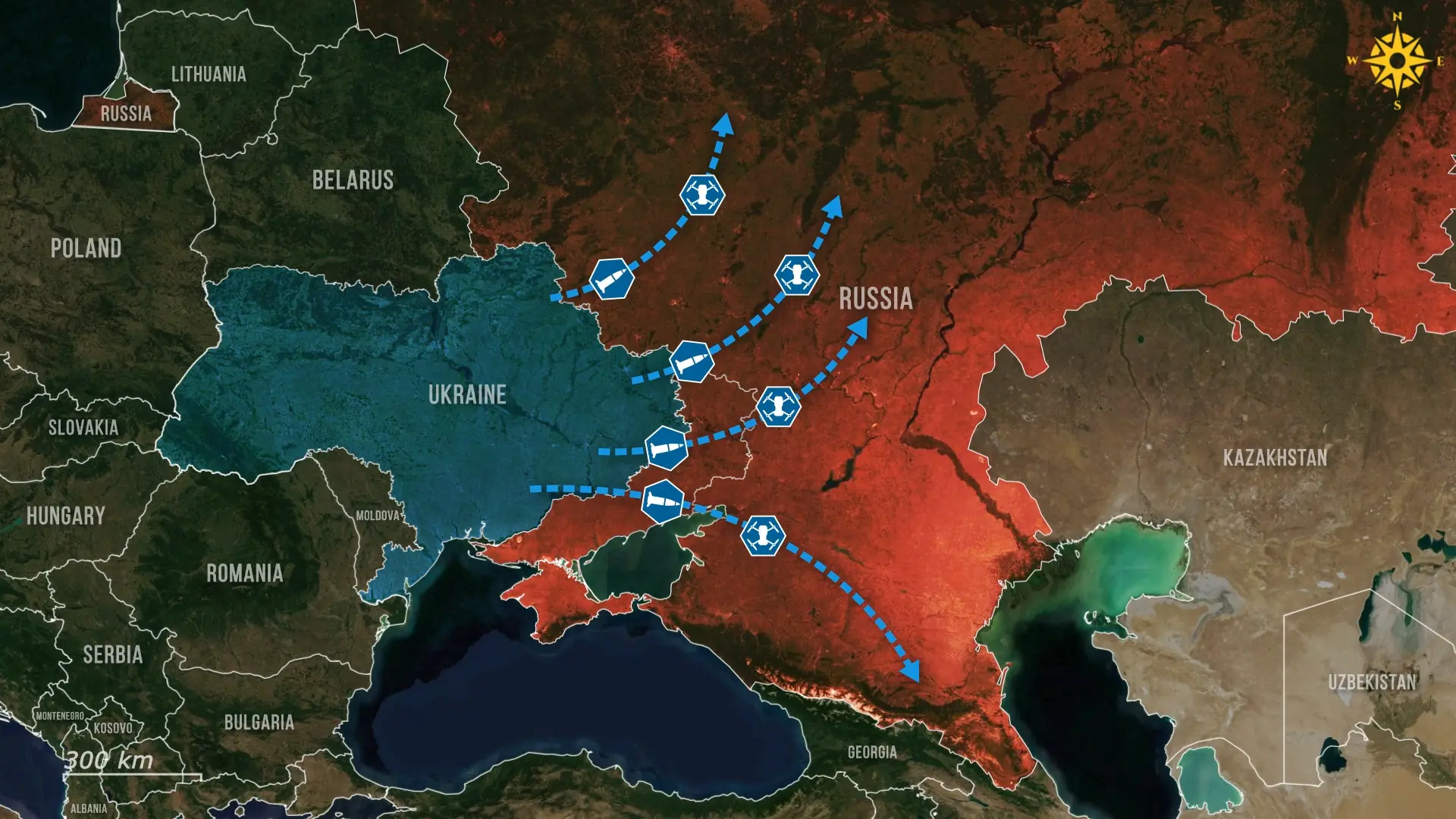
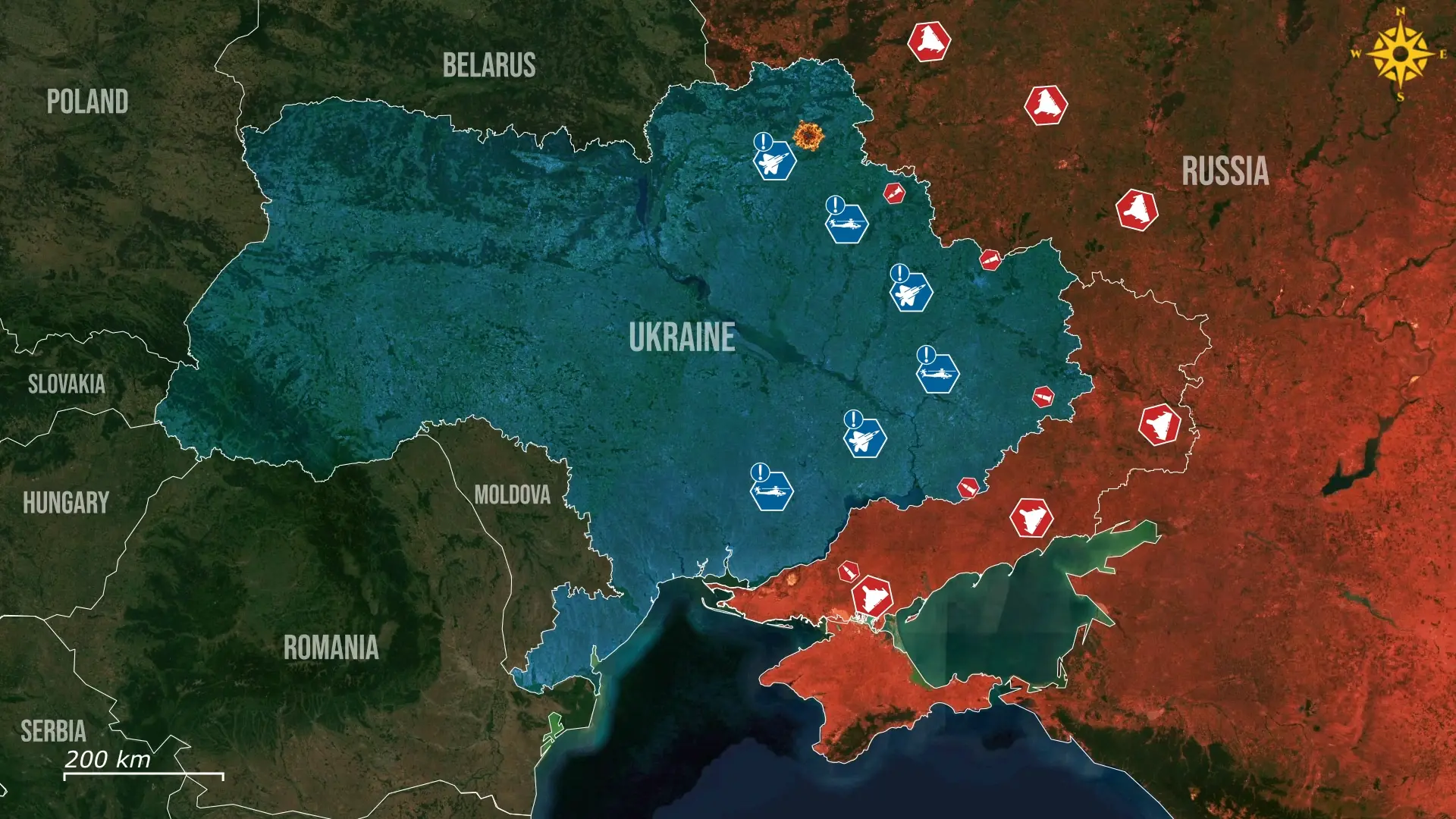
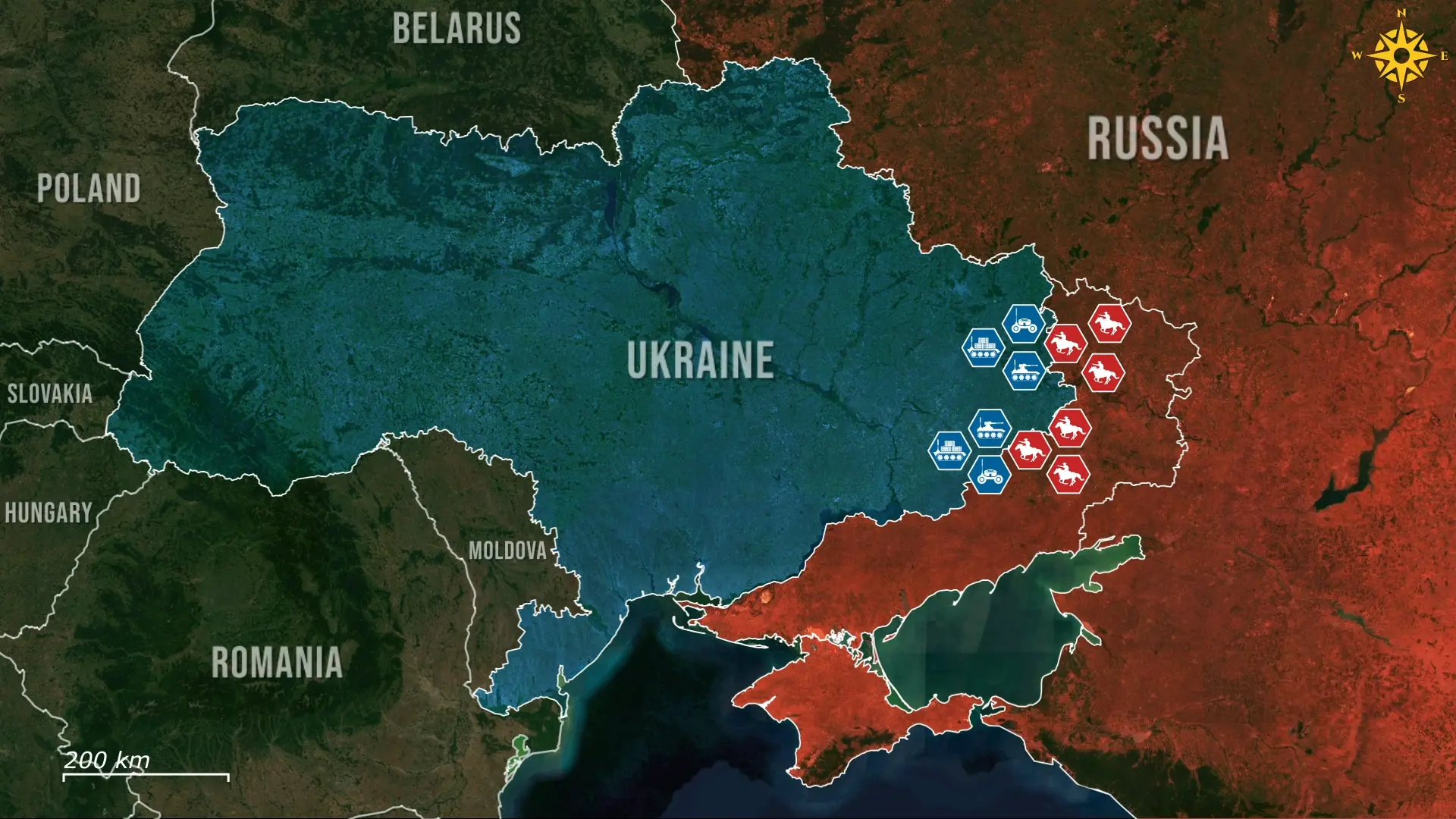
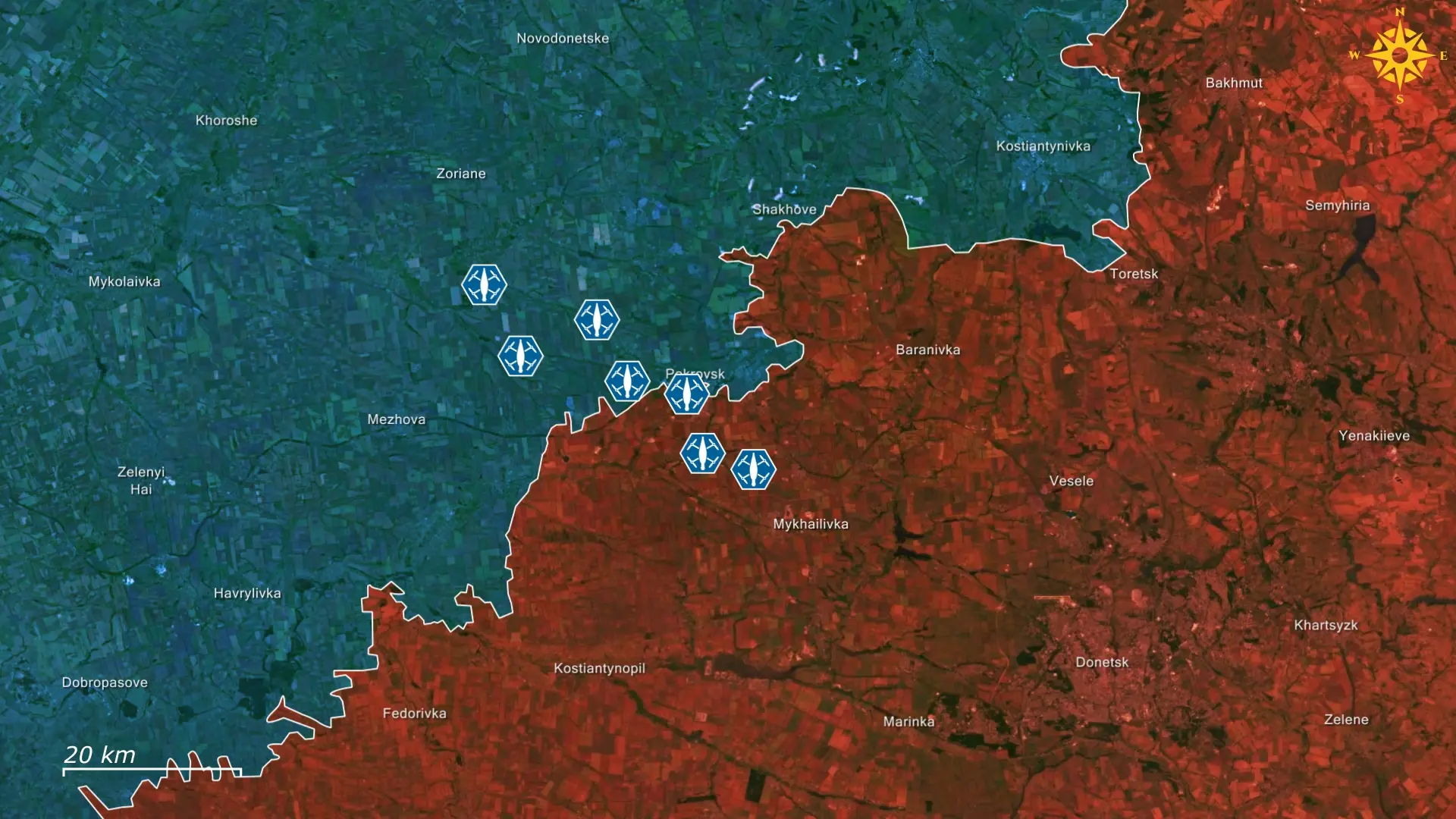
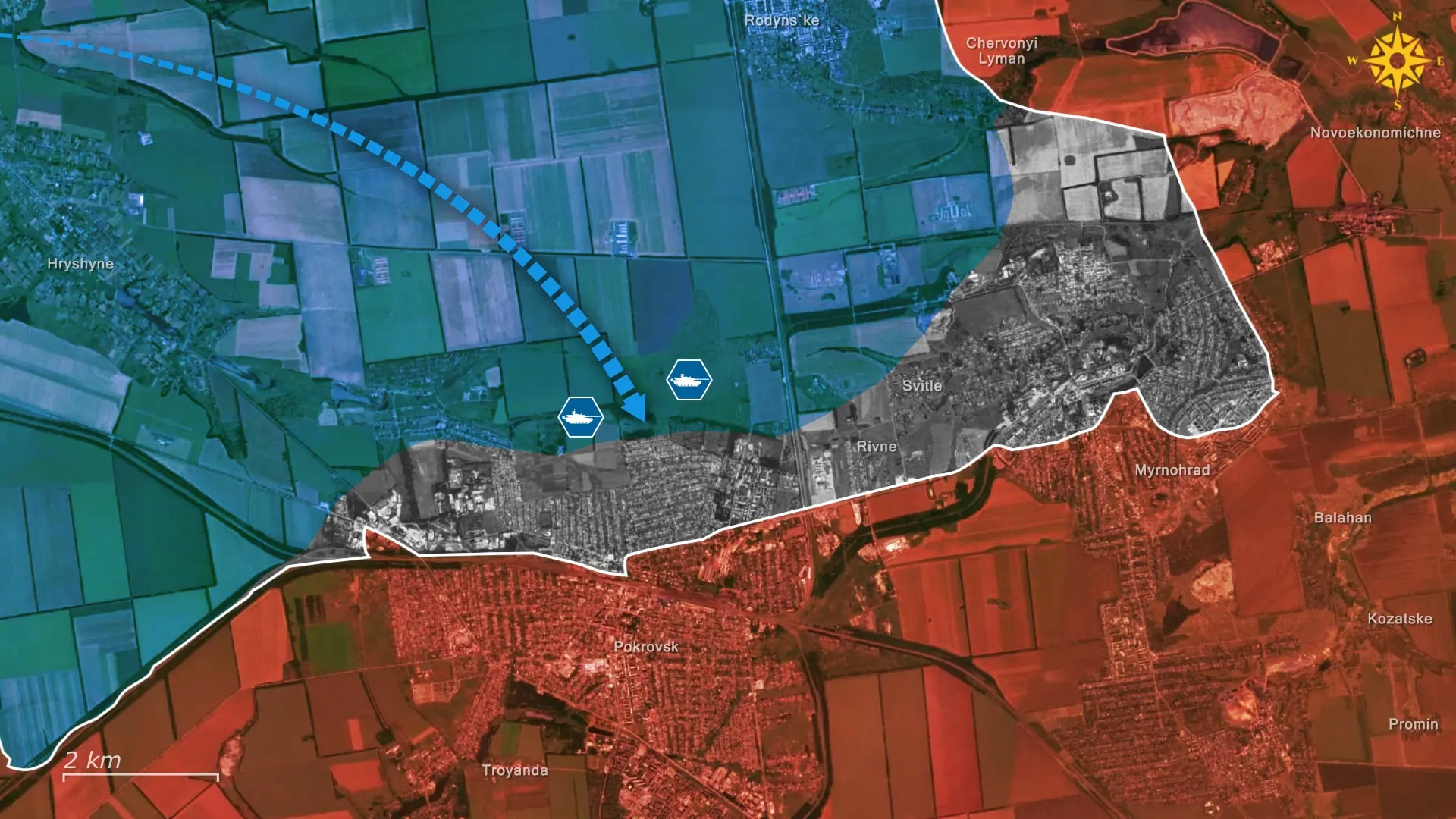
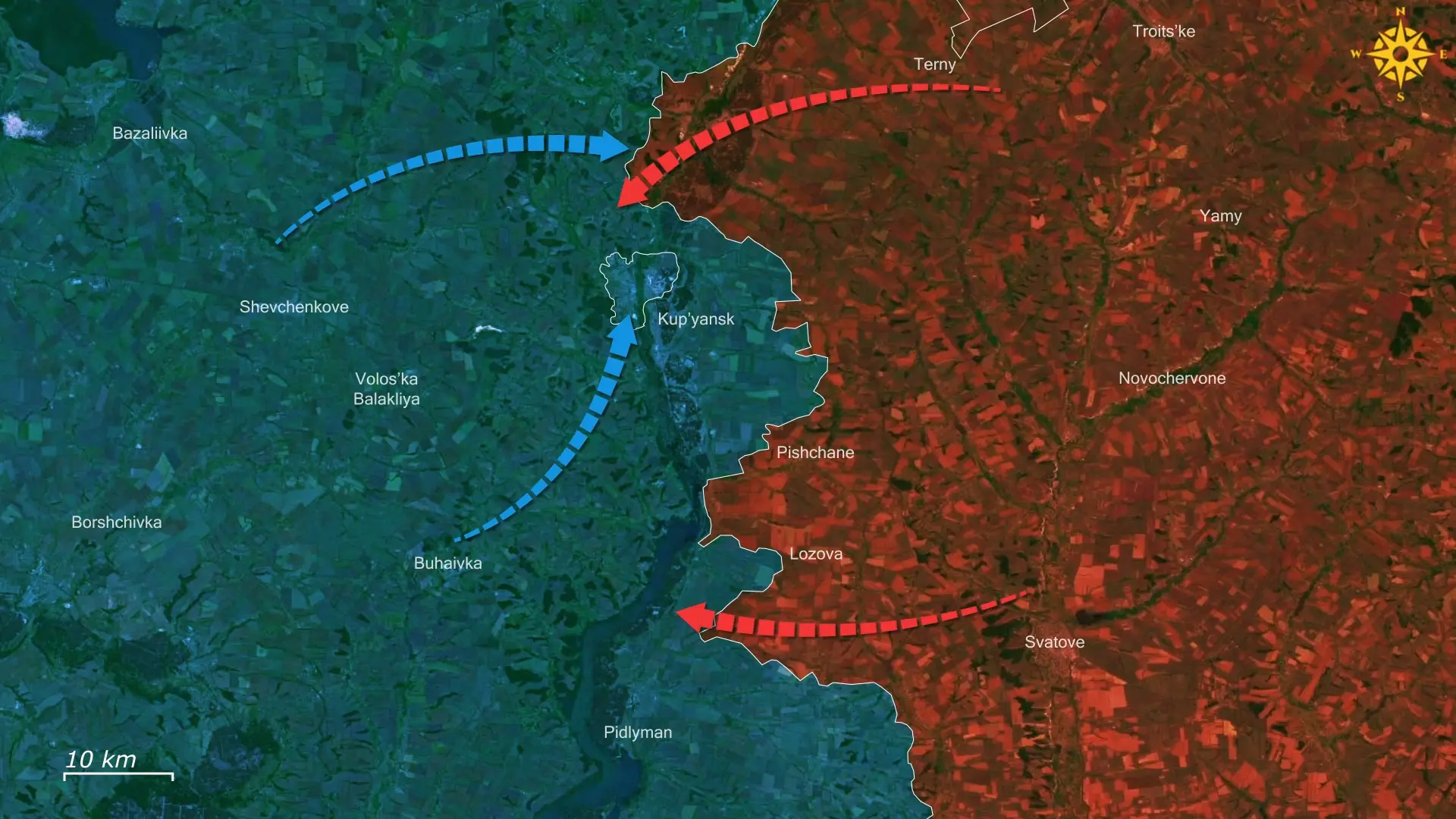
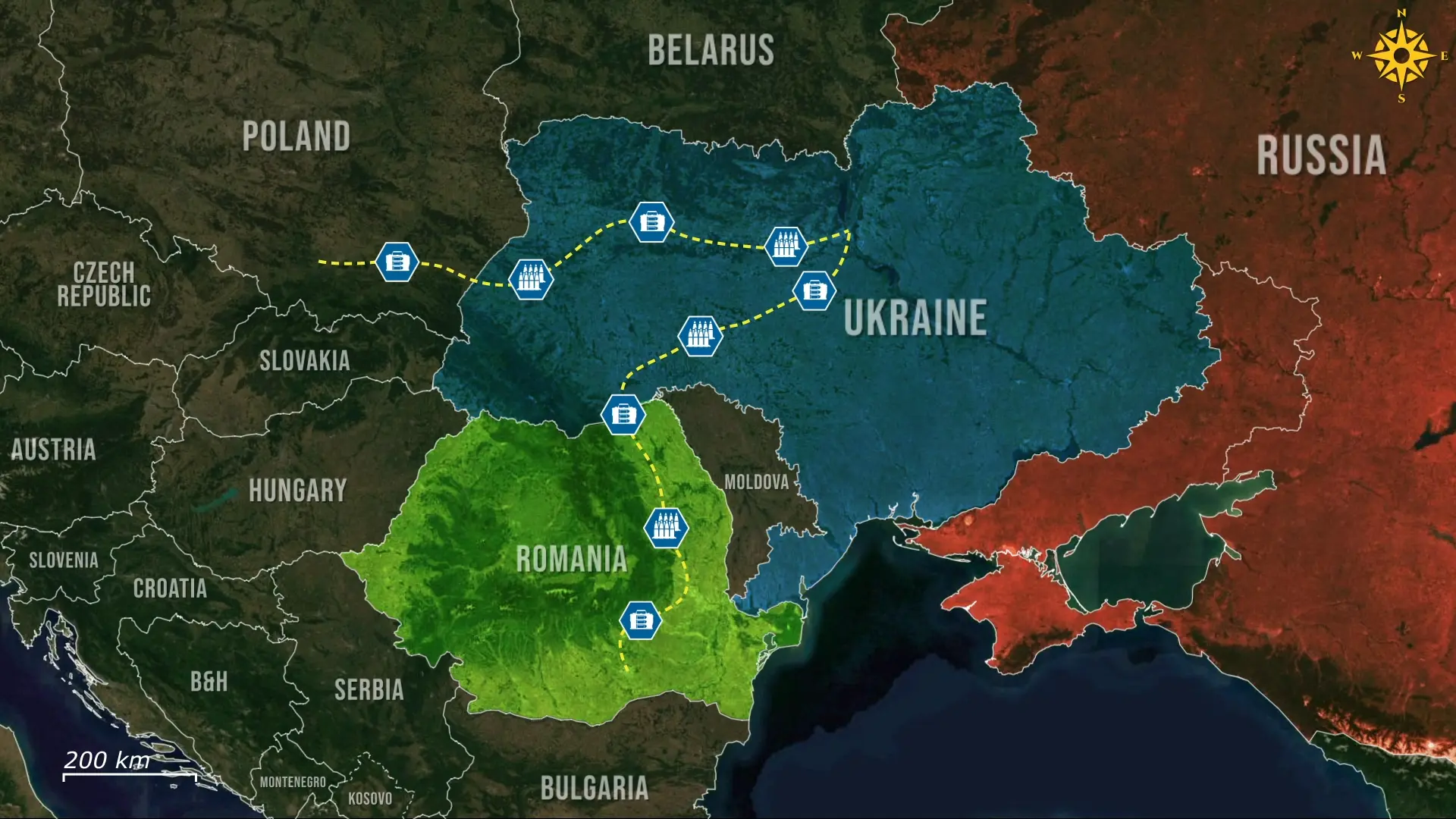
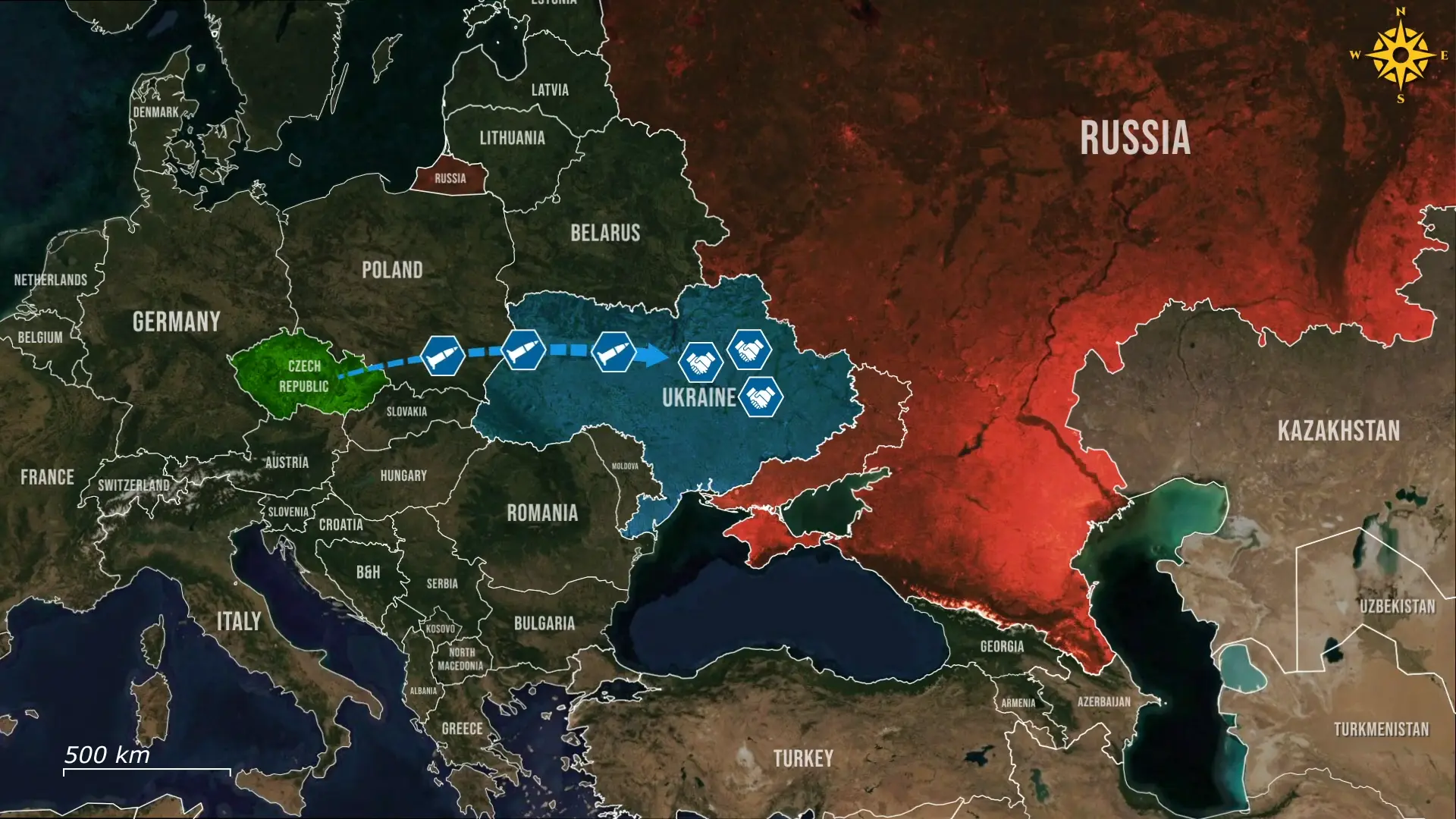
Comments